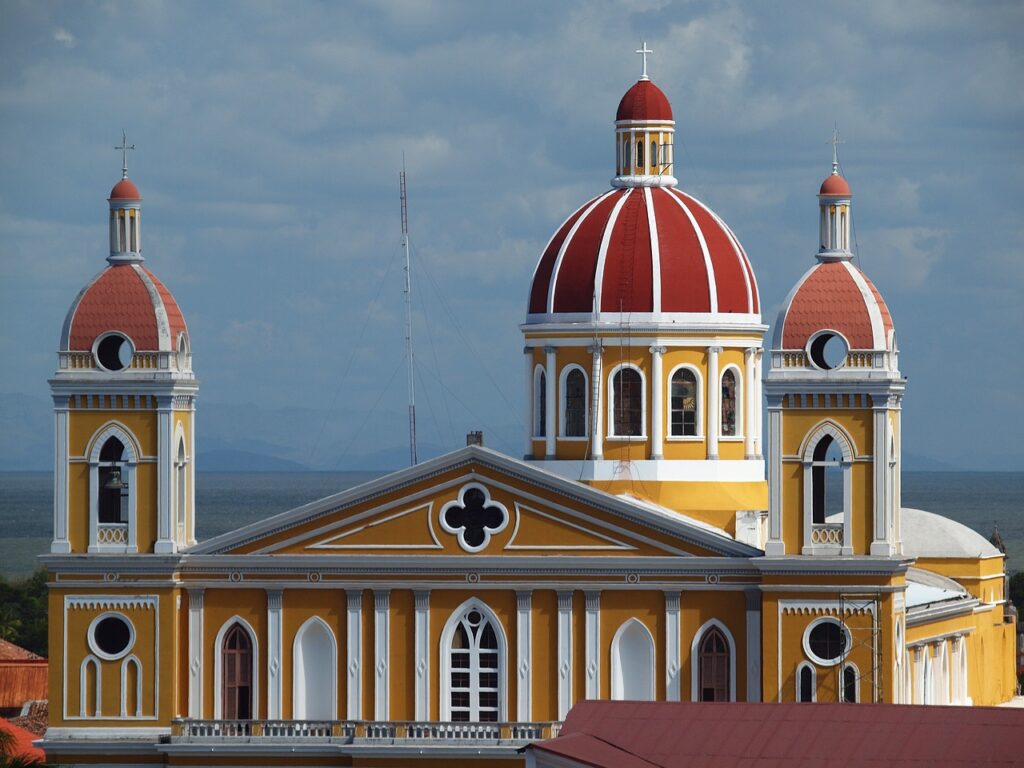Nicaragua, a land of stunning landscapes and rich cultural heritage, is home to numerous historical sites that reflect its vibrant past. From ancient indigenous civilizations to Spanish colonial rule, the country’s history is etched into its architecture, ruins, and landmarks. Exploring these historical sites offers a fascinating journey through time, providing insights into Nicaragua’s cultural evolution and heritage. In this article, we will delve into some of the most remarkable historical sites in Nicaragua that should be on every traveller’s itinerary.
1. León Viejo
León Viejo, a UNESCO World Heritage Site, is one of the oldest Spanish colonial settlements in the Americas. Founded in 1524 by Francisco Hernández de Córdoba, León Viejo was an important administrative centre until it was abandoned in 1610 due to volcanic eruptions and earthquakes. Today, the ruins of León Viejo offer a glimpse into the early colonial era, with its remnants of churches, houses, and public buildings. Visitors can explore the excavated ruins and learn about the history of the site through informative plaques and guided tours.
2. Granada
Granada, one of Nicaragua’s most picturesque cities, is renowned for its well-preserved colonial architecture. Founded in 1524 by Francisco Hernández de Córdoba, Granada has a rich history that is reflected in its cobblestone streets, colorful buildings, and grand churches. The city’s historic centre is home to numerous landmarks, including the impressive Granada Cathedral, the Convento y Museo San Francisco, and the vibrant Parque Central. A visit to Granada offers a delightful blend of history, culture, and architectural beauty.
3. Masaya Volcano National Park
Masaya Volcano National Park is not only a natural wonder but also a site of historical significance. The park is home to the active Masaya Volcano, which has been revered by indigenous peoples for centuries. The pre-Columbian Chorotega people believed the volcano was a gateway to the underworld and made offerings to appease the gods. Today, visitors can explore the park’s hiking trails, visit the Santiago Crater, and learn about the volcano’s history and geology at the on-site museum. The park also offers stunning views of the surrounding landscape and a chance to witness the fiery glow of the lava lake at night.
4. Ruins of León Cathedral
The Ruins of León Cathedral, also known as the Cathedral of the Assumption of Mary, is a UNESCO World Heritage Site and one of the most significant historical sites in Nicaragua. The cathedral, located in the city of León, was completed in 1860 and is the largest cathedral in Central America. It features a unique blend of Baroque and Neoclassical architectural styles and is renowned for its impressive façade and ornate interior. Visitors can explore the cathedral’s chapels, climb to the rooftop for panoramic views of the city, and learn about its history and significance through guided tours.
5. El Castillo de la Inmaculada Concepción
El Castillo de la Inmaculada Concepción, commonly known as El Castillo, is a historic fortress located on the banks of the San Juan River. Built by the Spanish in the 17th century to protect against pirate attacks, the fortress played a crucial role in the defense of Nicaragua. Today, El Castillo is a popular tourist attraction, offering visitors the chance to explore its well-preserved ramparts, barracks, and cannons. The fortress also houses a small museum that provides insights into its history and strategic importance.
Also, Check Explore Nicaragua’s Culture and Traditions
6. Joya de Cerén
Joya de Cerén, often referred to as the “Pompeii of the Americas,” is an archaeological site that offers a unique glimpse into the daily life of pre-Columbian indigenous people. Buried under volcanic ash from a volcanic eruption in the 6th century, the site was remarkably preserved and provides valuable insights into the domestic and agricultural practices of the ancient inhabitants. Visitors can explore the excavated structures, including houses, communal buildings, and storage facilities, and learn about the site’s significance through informative displays and guided tours.
7. National Palace of Culture
The National Palace of Culture, located in the capital city of Managua, is a grand neoclassical building that serves as a symbol of Nicaragua’s cultural heritage. Completed in 1942, the palace houses the National Museum, which showcases a diverse collection of artefacts, including pre-Columbian ceramics, colonial-era paintings, and contemporary art. The building itself is an architectural masterpiece, featuring grand columns, ornate facades, and beautifully landscaped gardens. A visit to the National Palace of Culture offers a comprehensive overview of Nicaragua’s rich cultural history.
Also, Check Complete Guide to Nicaragua Cuisine
8. Chinandega
Chinandega, a city with a rich colonial history, is home to several historical landmarks that reflect its cultural heritage. The San Antonio Church, built in the 18th century, is a prime example of colonial architecture, featuring intricate woodwork and beautifully preserved frescoes. The city also boasts the Ruins of El Realejo, the remnants of one of the first Spanish settlements in Nicaragua. Exploring Chinandega’s historical sites offers a fascinating journey through the region’s colonial past.
If you plan to visit Nicaragua Villas, check out our private villa. Enjoy a comfortable and peaceful stay with options like villas with private pools in Nicaragua, vacation rentals in Nicaragua, and Nicaragua beach houses in this stunning destination!

